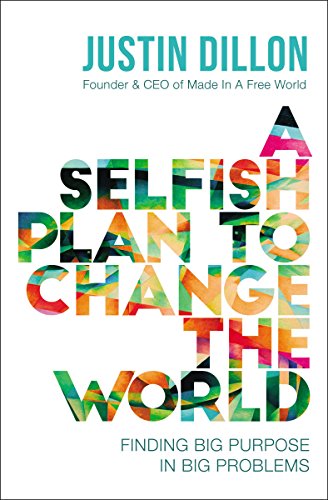In 2017 web developers worldwide were caught by surprise when Google announced that Chrome 63+ would force HTTPS (via a preloaded HSTS header) on all .dev domains. This move was frustrating to many developers because .dev names were routinely used during the local development process, and now, unless you want to install an SSL certificate, that practice would no longer work. For example, if I was creating a new website for https://mattsimpson.ca, I previously would have used an unregistered, locally routed, mattsimpson.dev name on my computer during development, but now I would have to use something else. But what?
Well, it turns out that Mike West at Google kindly suggested a better standard, an official standard, where *.localhost is actually routed to localhost, and aptly named “Let ‘localhost’ be localhost.” This brilliantly simple standard would also negate the need for developers to, in many cases, manually modify their local /etc/hosts file in order to use a new local virtual host.
Besides the fact that this take-over-on-squatted-territory was an inconvenience to so many developers, I genuinely applaud Google’s efforts to enforce HTTPS where it can, and I appreciate the leadership demonstrated by providing a better technical solution for web developers.
All this to say, the .dev gold-rush is on now. Get yours. I’ve picked up https://mattsimpson.dev and also a few other nice ones, including a brilliant one for my daughter Myer (https://myer.dev), who will have the coolest domain if she ever chooses to become a developer in the future.

